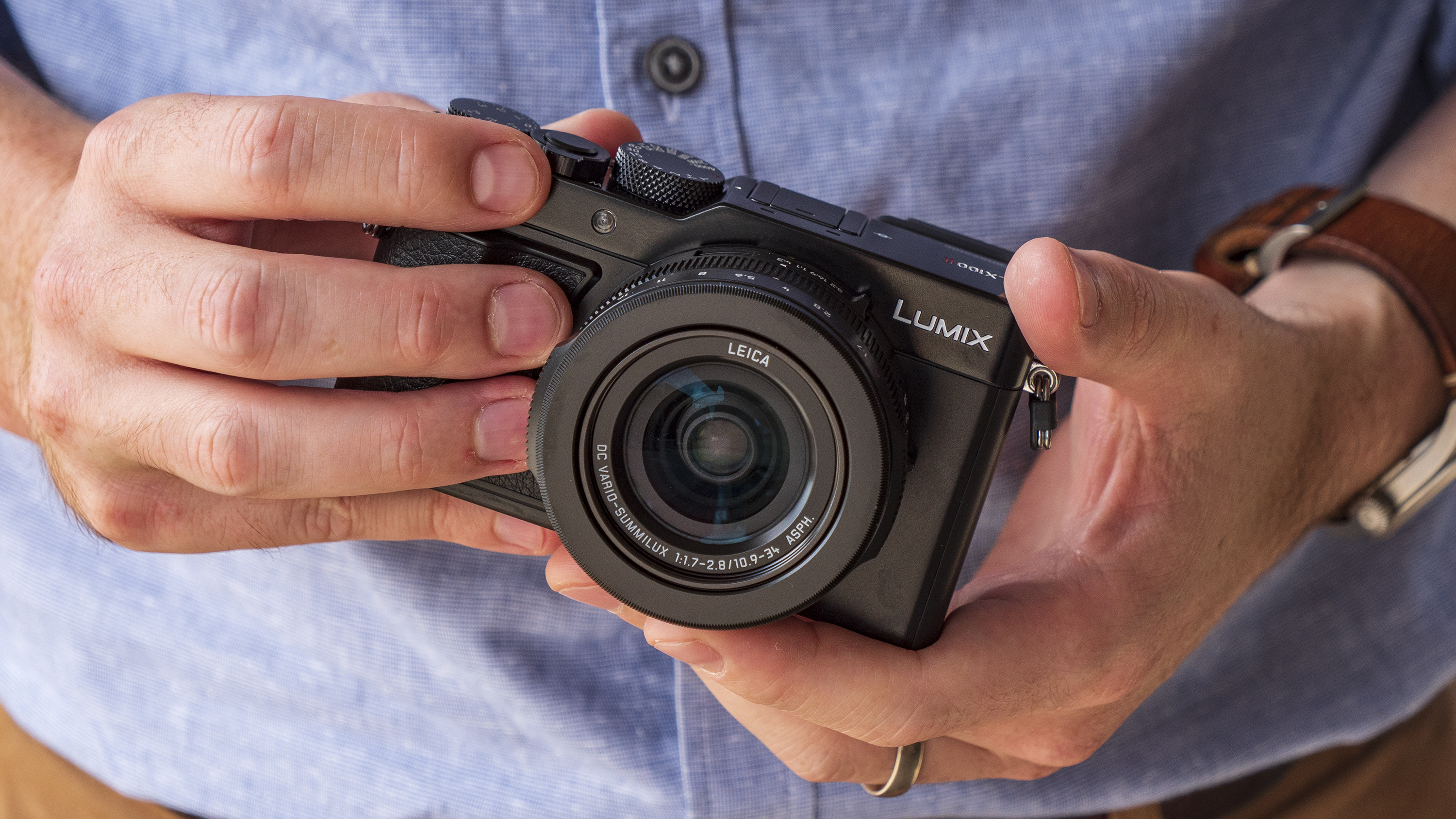Why you can trust TechRadar
Performance
- Dependable metering and white balance
- Handy 4K Photo mode
- Pretty decent battery life
While it's not really designed as an action camera, the Lumix LX100 II can rattle off up to 11fps (in AF-S mode), though this drops down to 5.5fps with continuous focusing. If that's not enough, you can take advantage of the Lumix LX100 II's various 4K Photo modes, allowing you to shoot at up to 30fps and select a 8MP JPEG file from the sequence.
The Lumix LX100 II's exposure metering system proved reliable during our time with the camera, with the exposure compensation dial needed only a few times, and in situations where you’d expect to have to take control anyway, such as when shooting a portrait subject in bright light against a dark background. It's worth noting as well that the Lumix LX100 II now has the option to dial in up to ±5 of exposure compensation when this function is assigned to the control ring (as opposed to using the dedicated dial that runs up to ±3). The auto white balance system on the Lumix LX100 II proved equally reliable in regular daylight.
At 340 shots (provided you stick with the 3-inch display), the Lumix LX100 II's battery life stacks up pretty well against rivals like the 200-shot Canon PowerShot G1 X Mark III and the 220-shot Sony Cyber-shot RX100 V; if you're planning to use the EVF regularly this drops down to 270 shots.
Image quality
- ISO200-25,600 (expandable to ISO100-25,600)
- No optical low-pass filter
- Pleasing color reproduction
The jump in resolution from the 12MP LX100 to the 17MP LX100 II is certainly welcome, while we found the quality of the Leica-badged lens very impressive.
The absence of an optical low-pass filter on the LX100 II's sensor means it's possible to capture very good levels of detail, and you'll be hard pushed to differentiate between results from the LX100 II's Micro Four Thirds sensor and those in larger APS-C cameras.
Image noise is also handled pretty well, with images captured at low sensitivities looking nice and clean, with only a hint of luminance (grain-like) noise visible at mid-range sensitivities if you inspect files closely.
At ISO1600 / ISO3200 luminance noise becomes a bit more of an issue, while chroma (color) noise also starts to creep into shots. At ISO6400 noise is noticeable, but detail still holds up well in raw files; we'd avoid shooting at ISOs above this.
Sign up for breaking news, reviews, opinion, top tech deals, and more.
Panasonic has made strides when it comes to color rendition recently, and the Lumix LX100 II is capable of producing natural-looking JPEG files with faithful colors. If you want to shoot mono images without having to spend too much time on editing, the new L.Monochrome photo styles are a welcome addition, with the L.Monochrome D option in particular producing rich black and white images.

Click here to see the full-size image

Click here to see the full-size image

Click here to see the full-size image

Click here to see the full-size image

Click here to see the full-size image

Click here to see the full-size image
Current page: Performance and image quality
Prev Page Build, handling and AF Next Page Verdict and competition
Phil Hall is an experienced writer and editor having worked on some of the largest photography magazines in the UK, and now edit the photography channel of TechRadar, the UK's biggest tech website and one of the largest in the world. He has also worked on numerous commercial projects, including working with manufacturers like Nikon and Fujifilm on bespoke printed and online camera guides, as well as writing technique blogs and copy for the John Lewis Technology guide.
